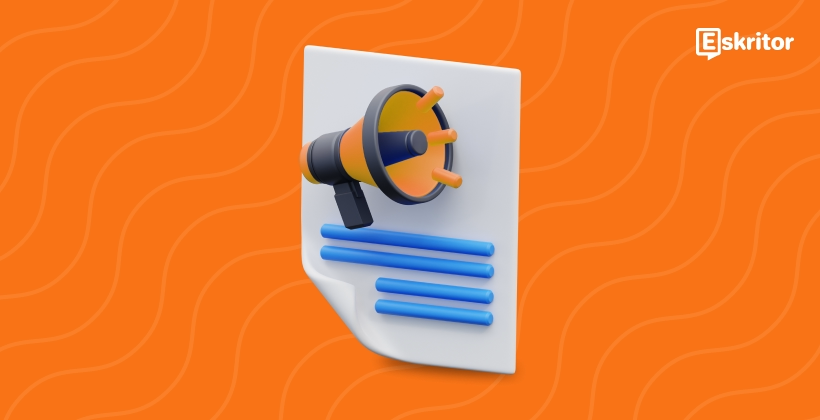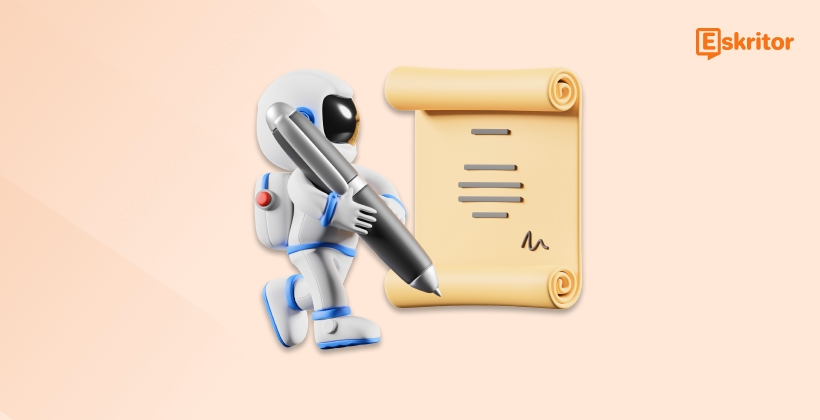Mastering Content with AI Editing Tools
Mastering Content with AI Editing Tools
Blog Article
The Role of AI in Modern Editing Practices
As artificial intelligence (AI) evolves, it remains to revolutionize exactly how we method modern modifying practices. From grammar correction resources to advanced material generation programs, AI Editing is reshaping the way writers, editors, and creators improve their work. That blog explores the position AI plays in modern editing and the influence it's across industries.

AI-Powered Instruments Leading the Demand
AI-powered instruments are becoming an essential section of editing workflows. Application fueled by natural language running (NLP) and device understanding can do jobs like grammar checks, stylistic recommendations, and sentence restructuring with amazing speed and accuracy.
For instance, AI-based grammar checkers may recognize mistakes that the human eye may ignore, such as subject-verb agreement problems or dropped modifiers. Likewise, fashion improvements created by AI ensure that tone and flow align with the supposed audience, which is important for qualified editors.
These methods are not only limited to standard syntax corrections. They can handle improving readability, transforming inactive voice to active style, and also paraphrasing entire paragraphs without changing the meaning.
Performance Meets Time Savings
Reports show that the utilization of AI resources may minimize modifying time by up to 30%. As opposed to poring over every word physically, writers can concentration their attempts on creative and proper aspects of content. That shift allows professionals to handle larger amounts of text in faster times, which will be particularly valuable for industries like writing and electronic marketing.
Moreover, predictive AI functions may highlight continuing problems, supporting writers boost their skills over time. For agencies, this means less methods allocated to changes and more refined results right from the start.
Improving Accessibility and Globalization
AI's position in modern modifying extends beyond efficiency. Advanced translation and localization methods allow designers to conform material seamlessly for global readers, breaking down language barriers with precision. This technology guarantees that the exact same meaning can resonate with countries worldwide while preserving their authenticity.
AI also increases inclusivity requirements by increasing availability in content. As an example, methods may recognize perhaps non-inclusive language and suggest alternatives. This capacity allows writers to improve publishing so that it resonates with varied audiences.

Striking a Balance Between AI and Human Imagination
While AI excels in speed and precision, it generally does not change individual editors. Products often absence the ability to interpret nuance, emotion, or cultural context fully. The perfect process includes AI's performance with individual creativity and information, resulting in really outstanding work.
By leveraging these technologies in modern editing techniques, makers and authors likewise can produce supreme quality material that aligns with the fast-paced needs of today's electronic world. AI will be the future of modifying, nevertheless the human feel can be required for storytelling and connection. Report this page